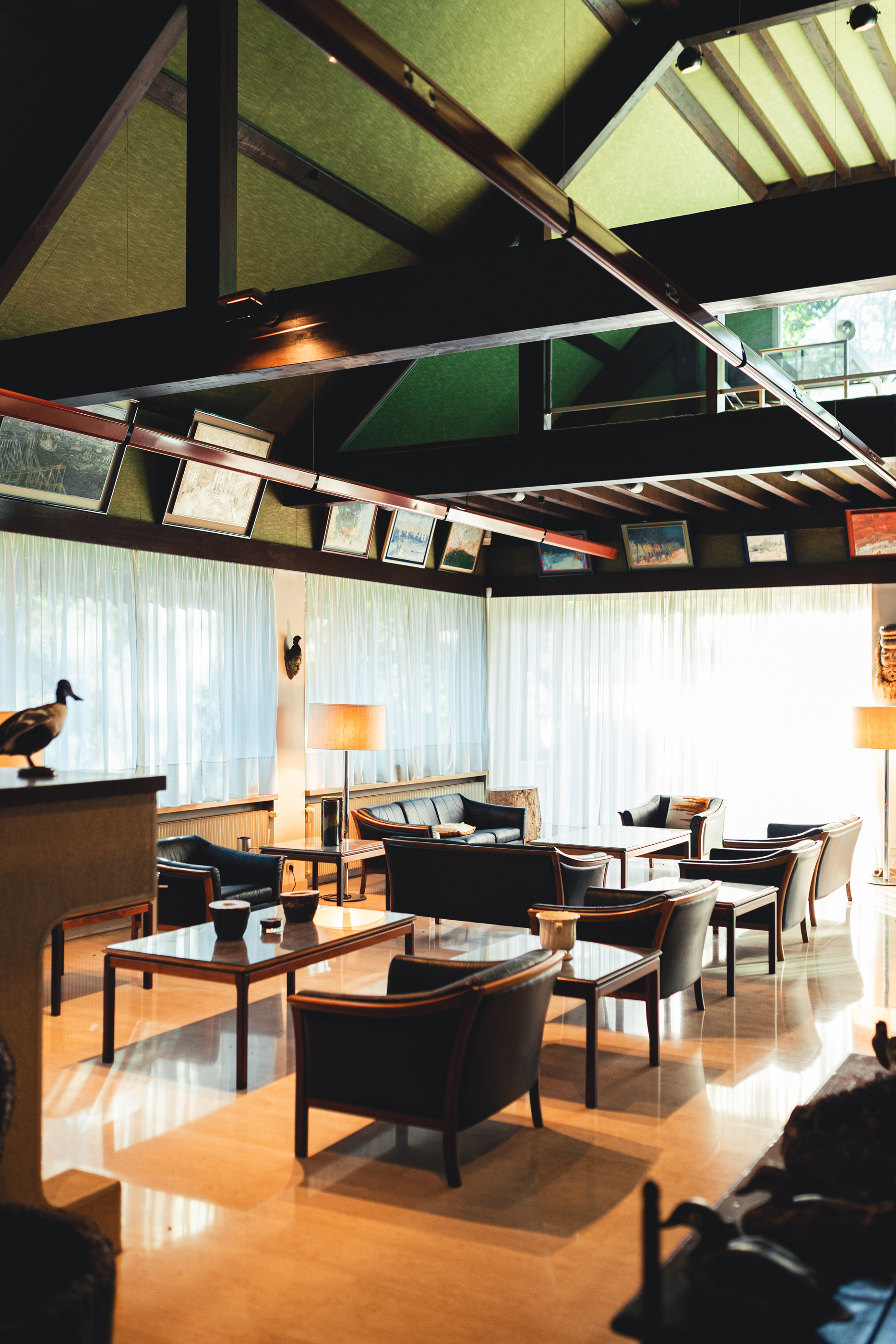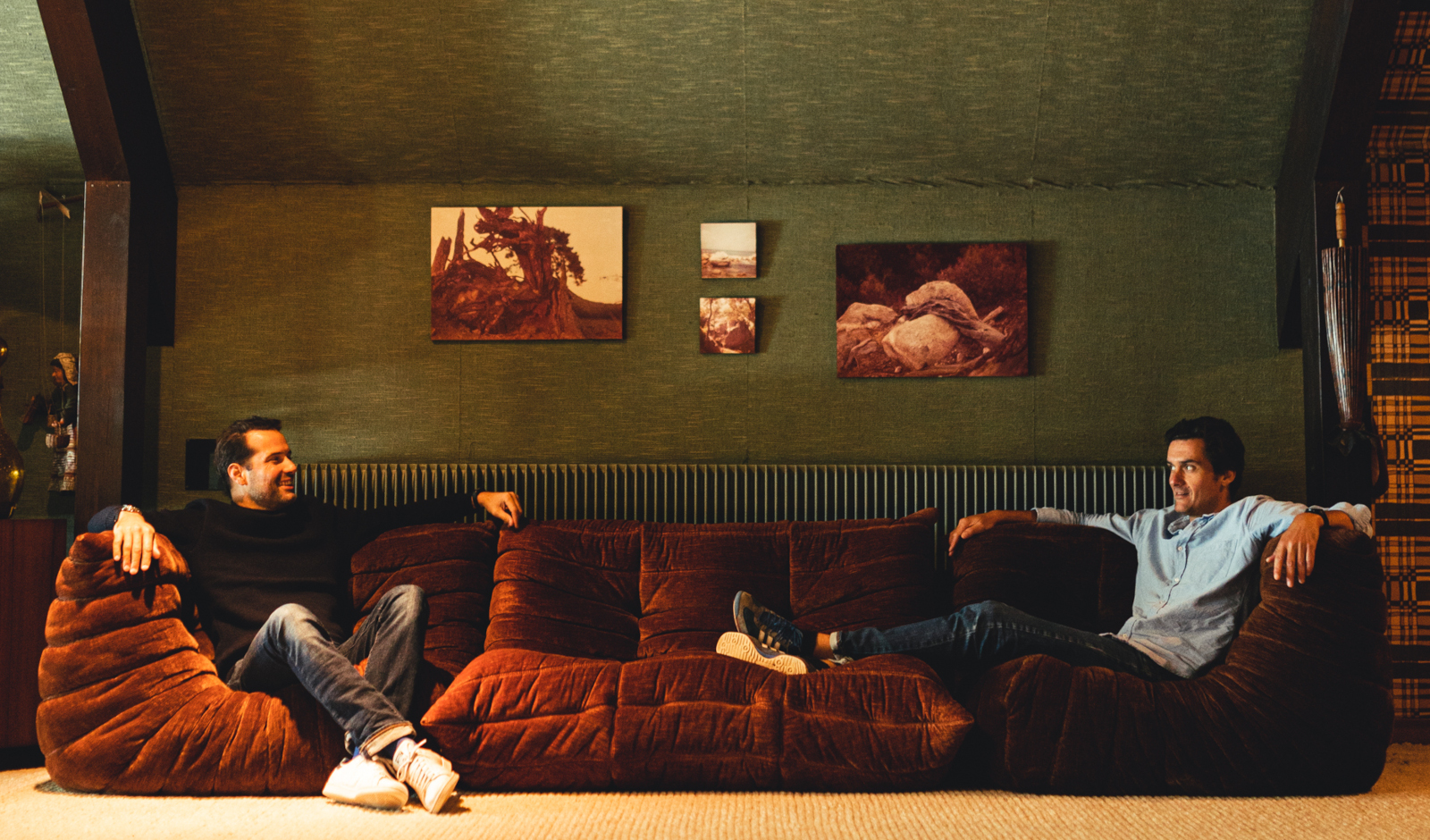
The Roset family have owned and operated their now-iconic furniture company since its founding in 1860. Now, to mark the 50th anniversary of Ligne Roset’s ‘Togo’ sofa (also celebrated by the ‘Togo’ sofa podcast), Wallpaper* joins the company's CEOs, Antoine and Olivier Roset, on a tour of their historical family home.
Inside the Roset family home, honouring the ‘Togo’ sofa
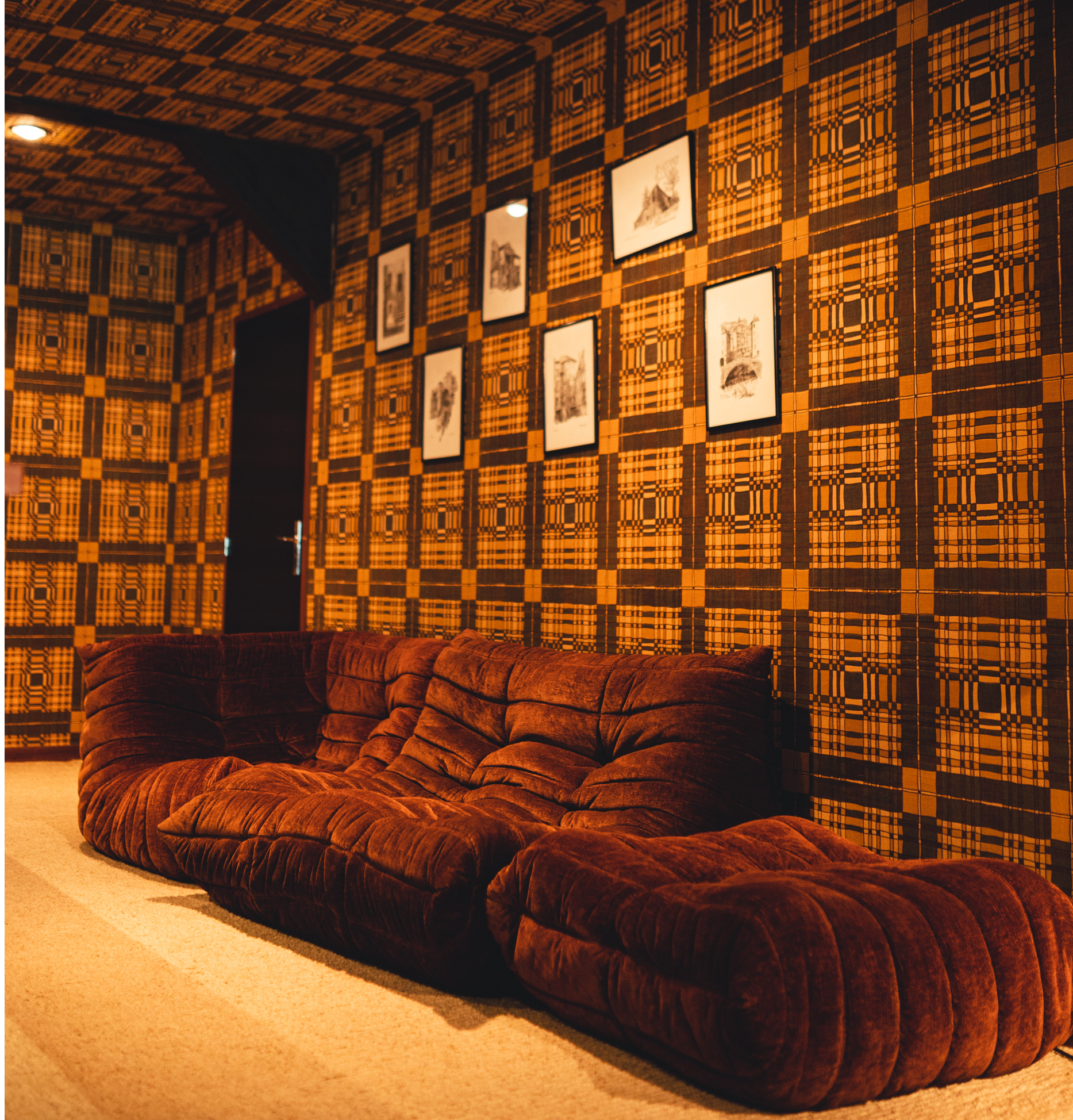
Tucked away in the relaxed village of Briord, nestled in the foothills of the Jura mountains in the east of France, Ligne Roset truly found its niche when, in 1936, it began focusing on the creation of finely upholstered and designer-led furniture. Today, cousins Antoine and Olivier Roset are the fifth generation to lead the brand after succeeding their respective fathers, Pierre and Michel Roset.
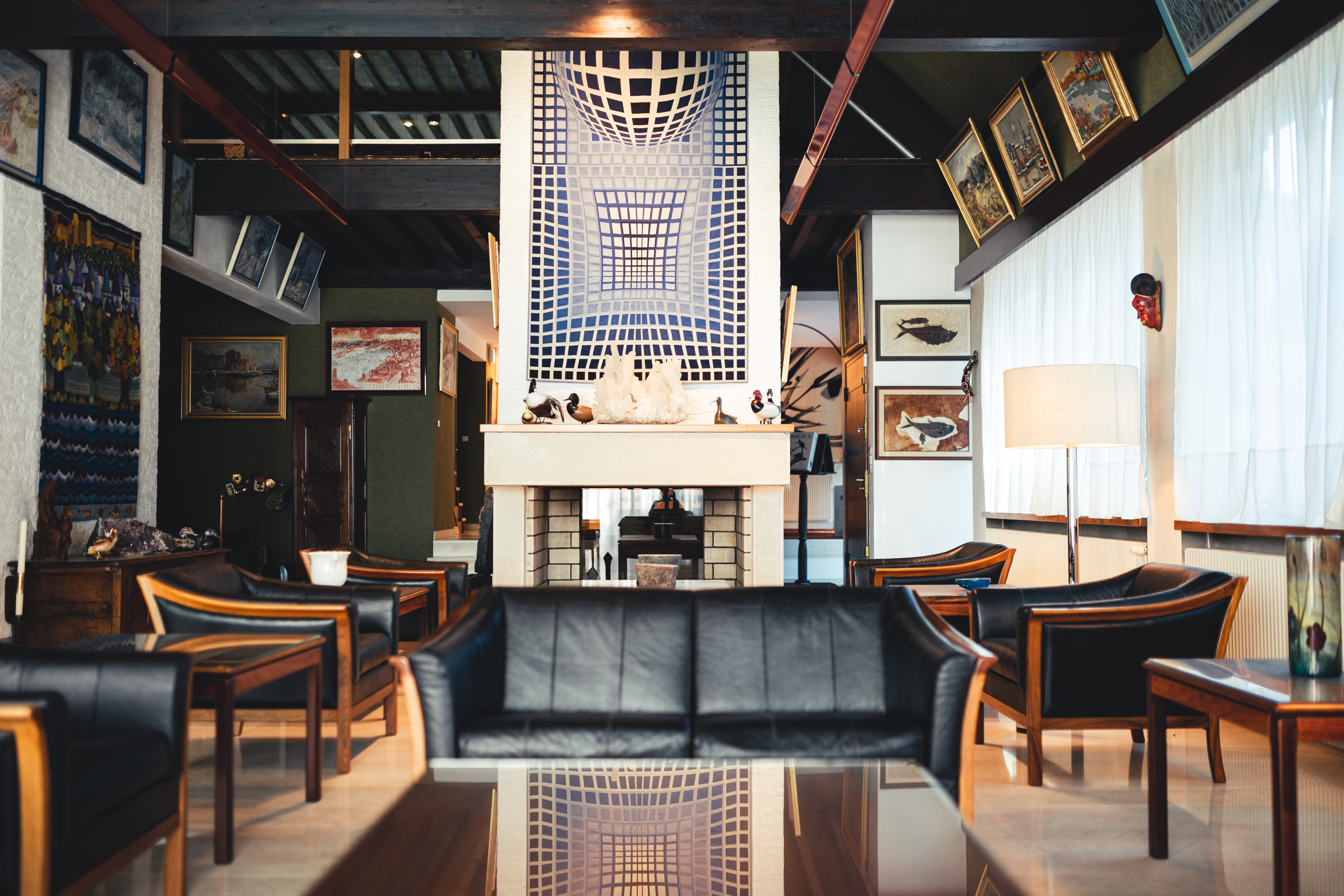
The foundational pillars of the Roset home might be the secret in cementing their family legacy. Built between 1969 and 1970, the plot was chosen by Antoine and Oliver’s grandfather, drawn by the local river, the Brive, that carved its way through the land. The house took a modernist design creating a light and welcoming space with an indoor-outdoor concept and brightly opening atriums, perfect for family gatherings and hosting.
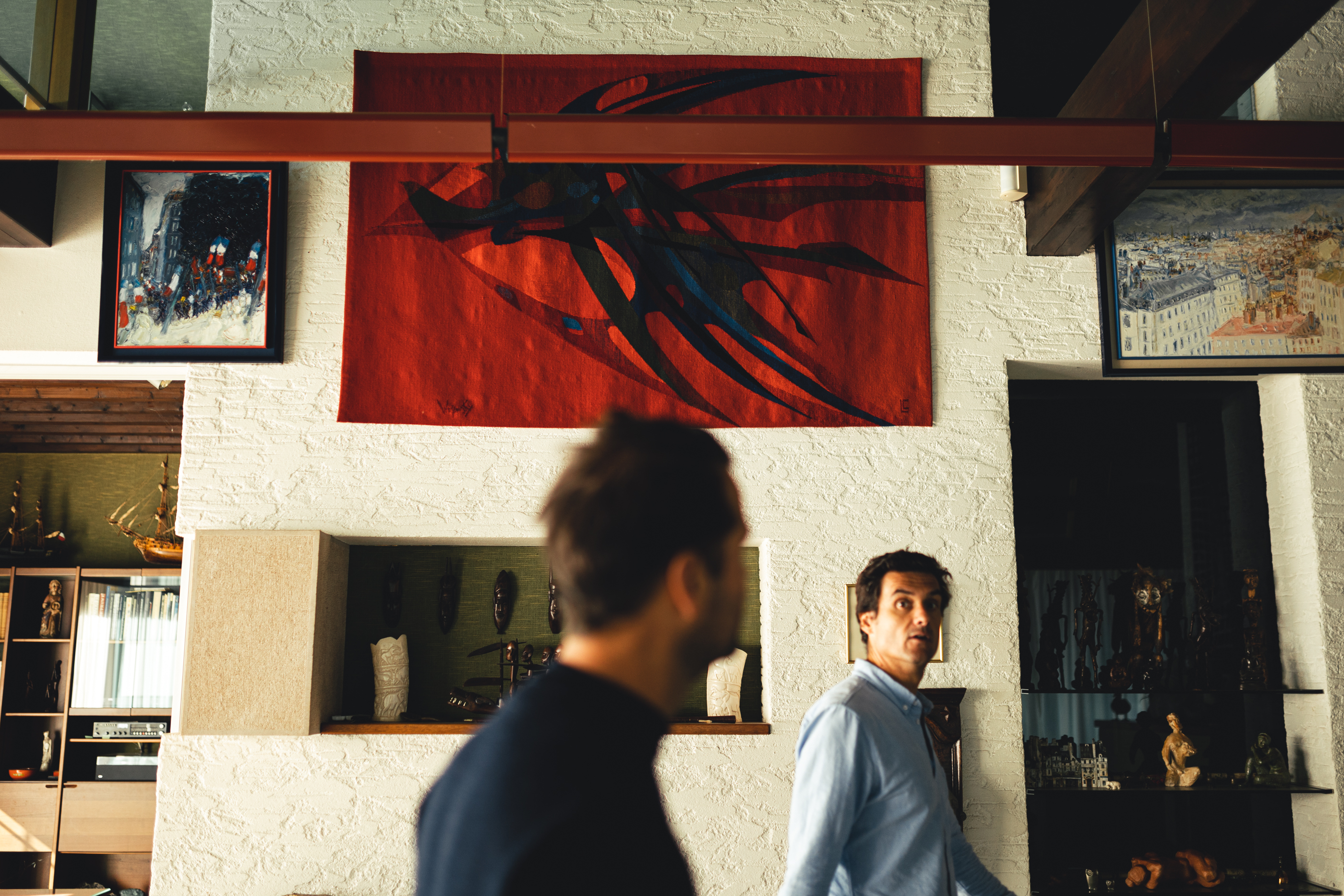
The house was a hub of creativity, where the cousins saw iconic designs come to life. Among them was the ‘Togo’ sofa and chair, by Michel Ducaroy, created in 1973.

During the 1960s and 1970s, the quest for new seating concepts was explored. Testing techniques, designs, and production styles, the golden era of innovation inspired Jean Roset (then CEO) to experiment with new materials such as foams, quilting, and thermoformed plastics. Drawing from interior design and architecture, the timeless ‘Togo’ was created, firmly making Ligne Roset’s innovative mark in the designer-led furniture space.
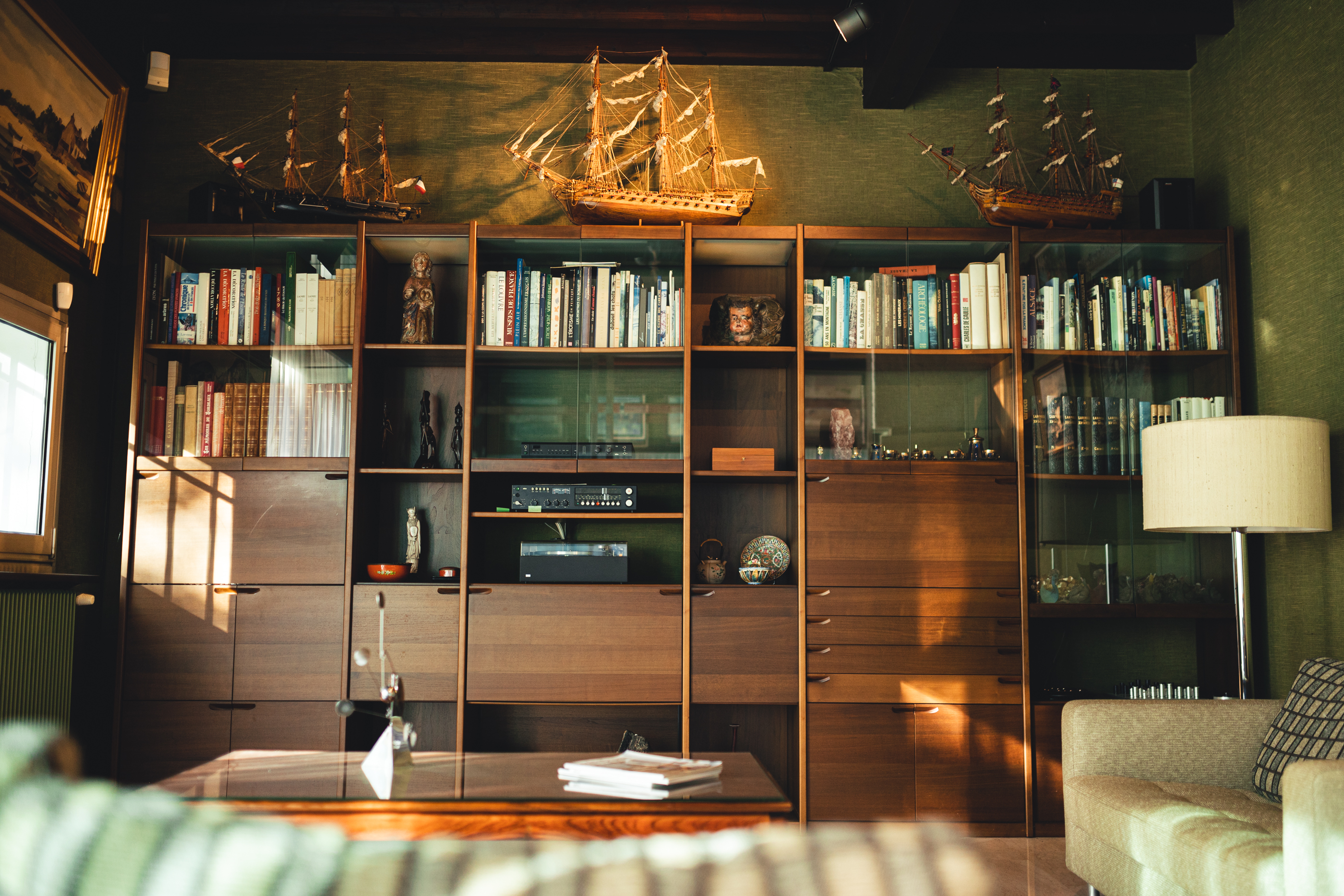
Not only is the Roset home a birthplace of design ideas, but its walls further inspire, hung with artworks by French artist Jean Fusaro and an array of elegant tapestries. It is in this setting that cousins Antoine and Oliver were immersed in creative history, fuelling their desire to preserve and continue the work and heritage of their ancestors.
